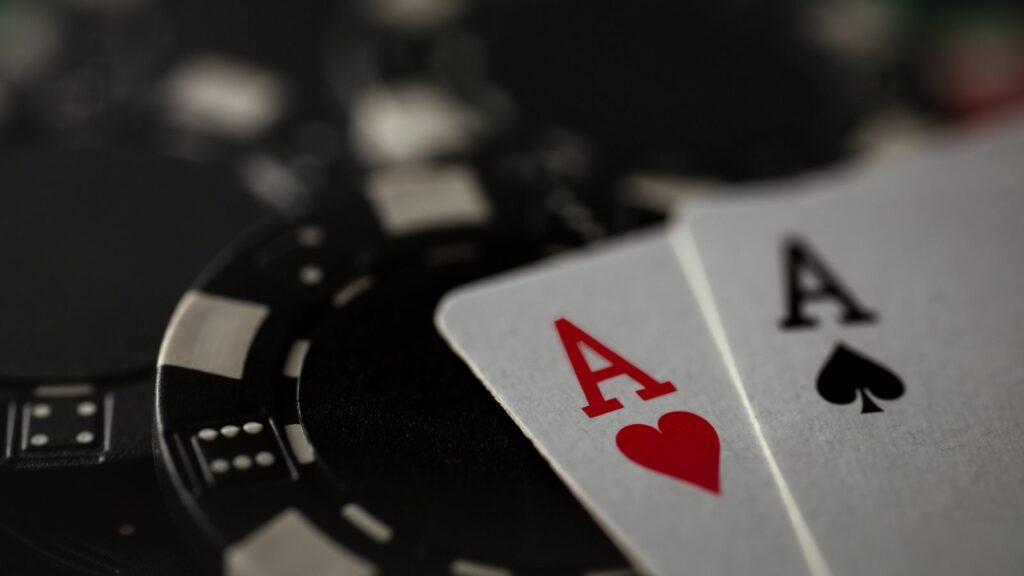Modern video games are abundant in situations that parallel the thrill of winning on a slot machine, from the euphoric chimes of leveling up to the flashy, colorful animations of a legendary loot drop.
And this isn’t just coincidence; a video game’s designers – perhaps even subconsciously – bring a designer’s knowledge of the psychological devices the casino employs to keep you playing.
The same designer’s psychological constructs that compel a gambler to pull that lever once more are now designed into our favorite video games. In this article, we will look at the interesting similarities between video game psychology and the psychology of a casino.
Video games are designed with psychological triggers – such as randomized loot drops – that can create the same effect as the potential payout of hitting the jackpot. This similar potential payout is analyzed further in any good 7Bit Online Casino Review and a deeper dive into gambling psychology.
The Dopamine Loop: A Game of Chance and Reward
At the core of both gambling and gaming is this intriguing idea called a variable-ratio reinforcement schedule. It sounds complex, but it really boils down to a straightforward concept: you receive a reward after a random number of actions.
Unlike a fixed-ratio schedule, where you know you’ll get a reward every tenth time you do something, a variable-ratio schedule keeps you on your toes. Imagine playing a slot machine—you never know if the next pull will be the one that brings in a big win.
This element of surprise is incredibly potent because it sparks a release of dopamine in your brain, the “feel-good” chemical that drives motivation and reward. Video games have really nailed this concept. Take the loot box system in many popular games, for instance.
You have no idea what you’ll get from the next box. It might be a common item you already own, or it could be that elusive legendary skin you’ve been dreaming about.
The addictive loop of “just one more try” in video games is carefully engineered using variable rewards, a principle that is core to the design of gambling platforms, including casinos for Ripple and other cryptocurrencies.
The Power of “Near Misses”
Casinos have a clever way of keeping you hooked, even when luck isn’t on your side. Ever heard of the “near-miss” phenomenon? It’s that moment when a slot machine reel stops just one symbol short of a jackpot, or when your blackjack hand totals 20, just missing the magic number 21.
These near misses pack a psychological punch because they feel like you were so close to winning, making you think that your next try could finally be the one that pays off.
Video games tap into this concept in several interesting ways.
- Rarity tiers: Many games use a color-coded rarity system (think common, uncommon, rare, epic, legendary) to create a sense of ongoing progress. Even if you don’t snag the top-tier item, landing a rare one still feels like a victory and keeps you coming back for more. You’re always “one level away” from that coveted reward.
- The illusion of skill: A lot of games mix luck with skill. Whether it’s landing a critical hit in an RPG, scoring a random weapon drop, or executing a perfectly timed dodge, there’s often an element of chance involved. Yet, the game makes you feel like it’s all about your skill, giving you a sense of control that might not be entirely accurate. This reinforces the idea that if you just improve a little, that big “jackpot” is right within your reach.

Visual and Auditory Reinforcement
Imagine the lively chaos of a casino floor: the bright, flashing lights, the cheerful jingles, and the exhilarating sounds of a jackpot celebration. These elements aren’t just for decoration; they’re meticulously crafted sensory signals that enhance the thrill of winning. They make the reward feel more substantial and meaningful than it might otherwise seem.
Video games have truly mastered this concept. Every time you achieve something in a game, it’s often met with a burst of sensory feedback.
- Level-up animations: The screen lights up, a distinctive sound effect rings out, and a banner proudly displays your accomplishment.
- Loot drops: Items shimmer, radiate light, and often come with their own special sound effects when they appear, especially if they’re rare.
- Critical hits: A big number flashes on the screen, a satisfying CRACK sound echoes, and the enemy reacts with a more dramatic recoil.
This table illustrates the clear connections between casino and game design:
| Casino Technique | Video Game Equivalent | Psychological Principle |
| Slot Machine Pull | Loot Box Opening | Variable-Ratio Reinforcement |
| The Jackpot Sound | Legendary Item Drop Sound | Auditory Cue for Reward |
| Near-Miss Payouts | Rarity Tiers (e.g., Rare drop, not Legendary) | Illusion of Control/Proximity |
| Comp Points (Loyalty Rewards) | Daily Log-in Bonuses, Battle Passes | Keeping Players Engaged |
The Social Component and Validation
Both casinos and video games are successful because of the excitement generated by social validation. Imagine someone playing a game in a casino, and when they hit a big jackpot, it happens to attract a crowd and suddenly that person is the star of the show.
In video games, this kind of social recognition happens in many ways, from showing off rare items, to revealing status in achievements, to boasting about high scores to friends and/or online participants. This type of social recognition adds additional reward excitement to the dynamics of play, which pushes players to keep earning more fake “wins.”
In psychological terms, winning a jackpot is about more than just the money; it plays into a human passion for reward, social recognition, and advancement. Video games have perfected this through a continuous cycle of uncertainty, reward, and social validation.
As long as we are chasing the next big drop, next upgrade, or next win, the game holds our attention. And we players are happy to pull that lever, just one more time.

